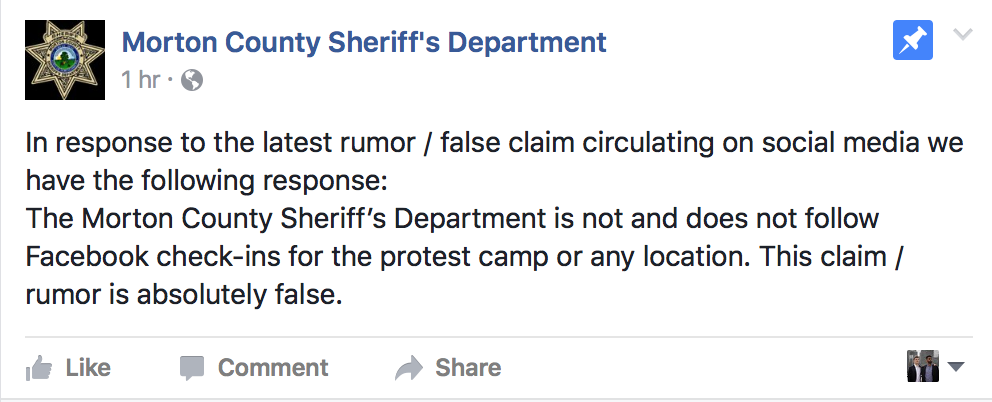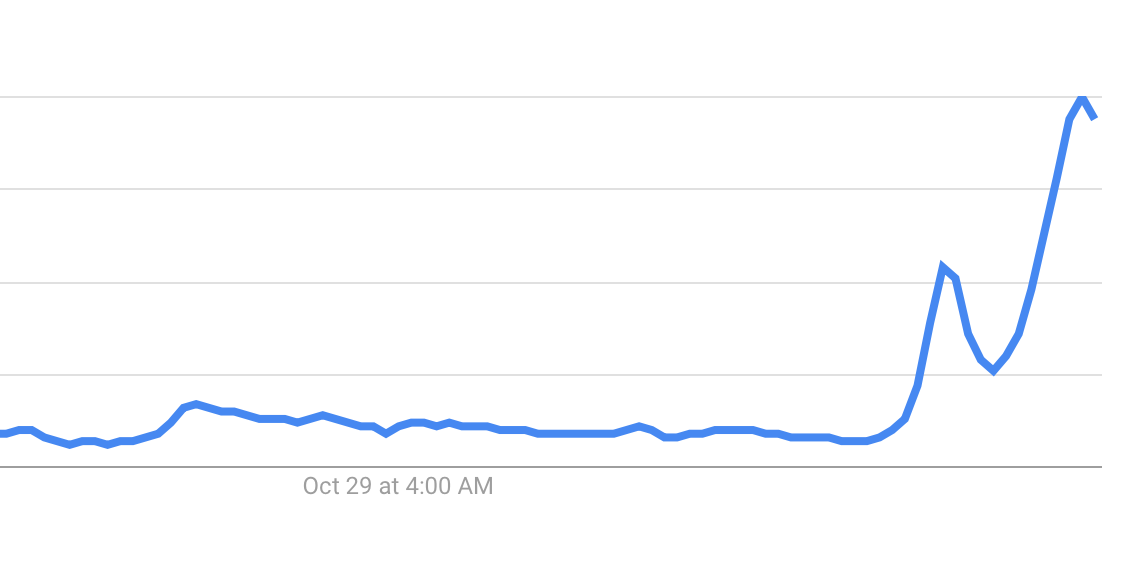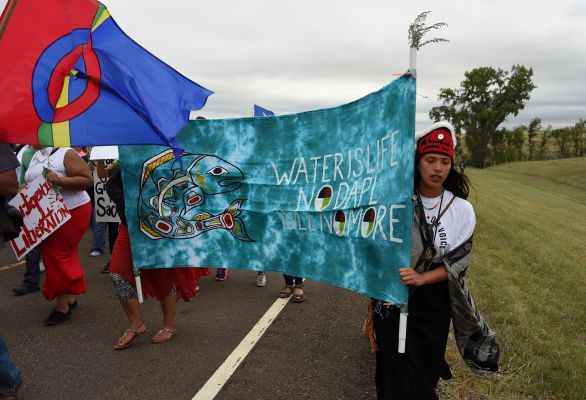Like wildfire, the latest viral protest spreading across the internet involves Facebook users checking in at Standing Rock, ND en masse to “confuse” and “overwhelm” law enforcement authorities seeking to disrupt ongoing protests against the proposed path of an oil pipeline.
The viral Facebook post claims that the local sheriff’s department in Morton County is using Facebook check-ins to surveil and track Standing Rock protesters. The post urges users who support the protests to check in publicly at Standing Rock in order to make it more difficult to track protesters on the ground.
In a statement, the Morton County Sheriff’s Department said it is not using Facebook check-ins to surveil protesters, calling claims to the contrary “absolutely false.”

As of now, there have been hundreds of thousands of check-ins made by Facebook users and the phrase “Standing Rock” has seen a massive uptick in popularity according to Google Trends.

At this point it remains unclear where the campaign began, and where the initial idea that Facebook was being used to target protestors originated, but the now viral check-ins have drawn a spike of attention to an issue that has been ongoing for months. My own personal Facebook feed, mostly full of college students, has been completely overtaken by the posts, showing engagement of social media users on a global scale.
One place slow to embrace the engagement is Facebook itself. Standing Rock didn’t become a trending topic on Facebook until after 3pm PST, despite the level of interest shown by the platform’s users. Facebook received harsh criticism for falsely trending that Fox had kicked Megyn Kelly off the network, among other slip-ups, after moving from human to algorithmic curation. Internally, multiple tags including “#StandingWithStandingRock” started bubbling up in the emerging category of Facebook Signal earlier in the day, but nothing crossed the threshold as an actual trend until hours later. Whether this was a deliberate move, an overcompensation by the company’s algorithms, or simply normal is hard to say.
With regards to the use of Facebook check-ins to track activity, a report from LexisNexis notes that law enforcement commonly use social media to identify suspects. However, it is important to remember that protesters in Standing Rock themselves are using Facebook and other social media to organize efforts. Even if we assume the sheriff’s department is falsely presenting the facts, it is possible that efforts to increase check-ins could equally thwart efforts by protestors. Additionally, police and law enforcement use many tactics in large-scale emergency situations — Facebook check-ins would likely not be the primary tactic.
One tangible thing that did come out of the increased interest — money. A Fundrazr for the Sacred Stone Legal Defense Fund crossed its $1 million goal early this afternoon. The campaign has been running online for 83 days.
This post will be updated as we receive more information. We have reached out to Facebook and protest leaders for comment.
Update: this post was updated at 3:55pm PST to reflect Facebook’s late addition of “#NoDAPL” as a trend on the platform.
